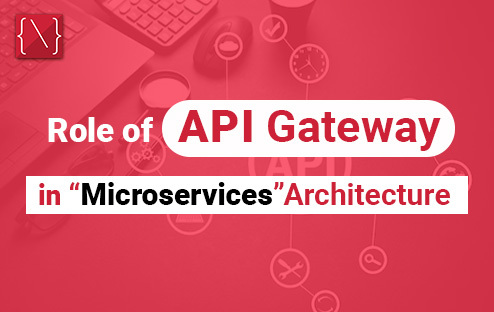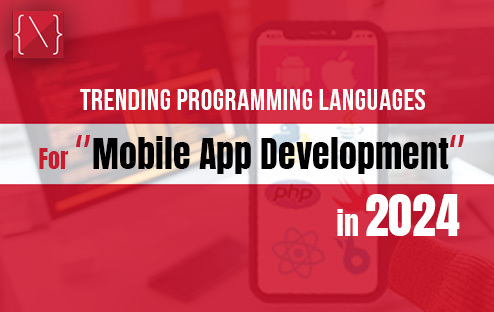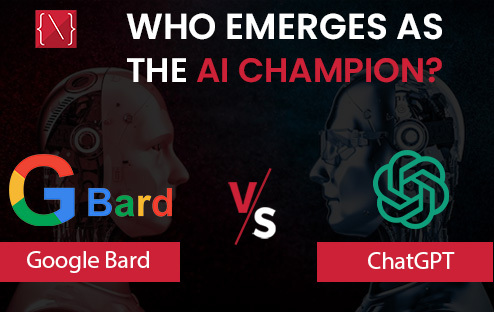Role of API Gateway in MicroServices Architecture
In recent years, Microservices Architecture (MSA) has become one of the most popular software architectures for developing and deploying large-scale applications. However, as applications become more complex and composed of numerous microservices, the need for effective communication and management arises. This is where the API Gateway steps in as a critical component, streamlining the complexities associated with Microservices Architecture.
Understanding Microservices Architecture:–
In the context of software development, Microservices Architecture is a paradigm that breaks down large applications into smaller, independent services. Each service operates autonomously and communicates with others through well-defined Application Programming Interfaces (APIs).
Challenges in Microservices Communication:–
The advantages of Microservices Architecture are substantial, but they come with their set of challenges:
- Service Discovery: Microservices must dynamically find and communicate with each other, necessitating a robust service discovery mechanism.
- Load Balancing: Distributing incoming requests evenly among multiple instances of a service is crucial for optimal performance and resource utilization.
- Security: Ensuring secure communication and enforcing access controls between services is a complex task in a microservices environment.
- Request Routing: Determining how to route client requests to the appropriate microservice instance becomes increasingly complex with a growing number of services.
The Role of API Gateway:–
The API Gateway plays a important role in addressing these challenges and ensuring the efficient functioning of Microservices Architecture:
- Unified Entry Point:
- Serving as a centralized entry point, the API Gateway simplifies external client interaction by providing a single interface to communicate with the microservices.
- Request Routing and Load Balancing:
- API Gateways excel in routing incoming requests to the appropriate microservices and implementing load balancing for optimal performance.
- Service Discovery:
- Integration with service discovery mechanisms enables API Gateways to dynamically locate and manage communication between microservices.
- Security and Authentication:
- By implementing robust security measures, API Gateways ensure a standardized approach to authentication and authorization across all microservices.
- Traffic Management:
- API Gateways allow for precise traffic control, enabling developers to manage the flow of requests and prioritize critical services.
- Logging and Monitoring:
- Centralized logging and monitoring capabilities of API Gateways provide valuable insights into the health and performance of microservices.
- Protocol Translation:
- Handling protocol translation, API Gateways ensure seamless communication between microservices using different protocols.
In summary, API Gateways are essential for organizations using Microservices Architecture. They make communication simpler, improve security, and provide a single entry point for external clients. Knowing and using the features of API Gateways helps developers create strong, reliable, and secure applications in a Microservices environment.
ALSO READ:- Role of UX Design in eCommerce Website DevelopmentRead more
 AJ 14, Salt Lake, Sector 2, Kolkata - 700091 |
AJ 14, Salt Lake, Sector 2, Kolkata - 700091 |  743 Virginia Ave NE Atlanta, GA 30306
743 Virginia Ave NE Atlanta, GA 30306



